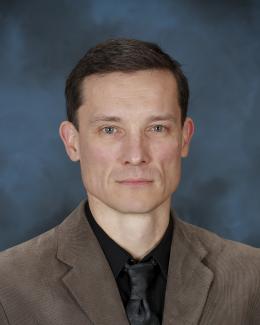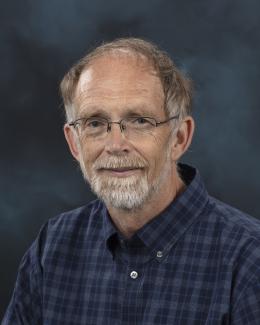Abstract
The realization of controllable morphologies of bulk heterojunction (BHJ) in organic photovoltics (OPVs) is one of the key factors in obtaining high-efficiency devices. Here via simultaneous monitoring of the three-dimensional nanostructural modifications in BHJ correlated with the optical analysis and theoretical modeling of charge transport, we provide new insights into the fundamental mechanisms essential for the optimization of (power conversion efficiency) PCEs with additive processing. Our results demonstrate how a trace amount of diiodooctane (DIO) remarkably changes the vertical phase morphology of the active layers resulting in formation of a well-mixed donor-acceptor compact film, augments charge transfer and PCEs. In contrast, excess amount of DIO promotes a massive reordering and results loosely packed mixed phase vertical phase morphology with large clusters leading to deterioration in PCEs. Theoretical modeling of charge transport reveals that DIO increases the mobility of electrons and holes (the charge carriers) by affecting the energetic disorder and electric field dependence of the mobility. Our results show the significant of phase separation and carrier transport pathways to achieve optimal device performances.







